The Dakotas
There’s a part of America that almost nobody goes to and almost nobody lives there. It has endless flat open plains, melting hot in summer and bitterly cold in winter. It is divided into two almost identically-shaped states, the north and the south, with capitals that nobody else knows. There are no standout sports teams and no household names came from there. And yet, and yet, they are wonderfully compelling places, at least to us, and they have a couple of great national parks and monuments we just have to see. They are the Dakotas.
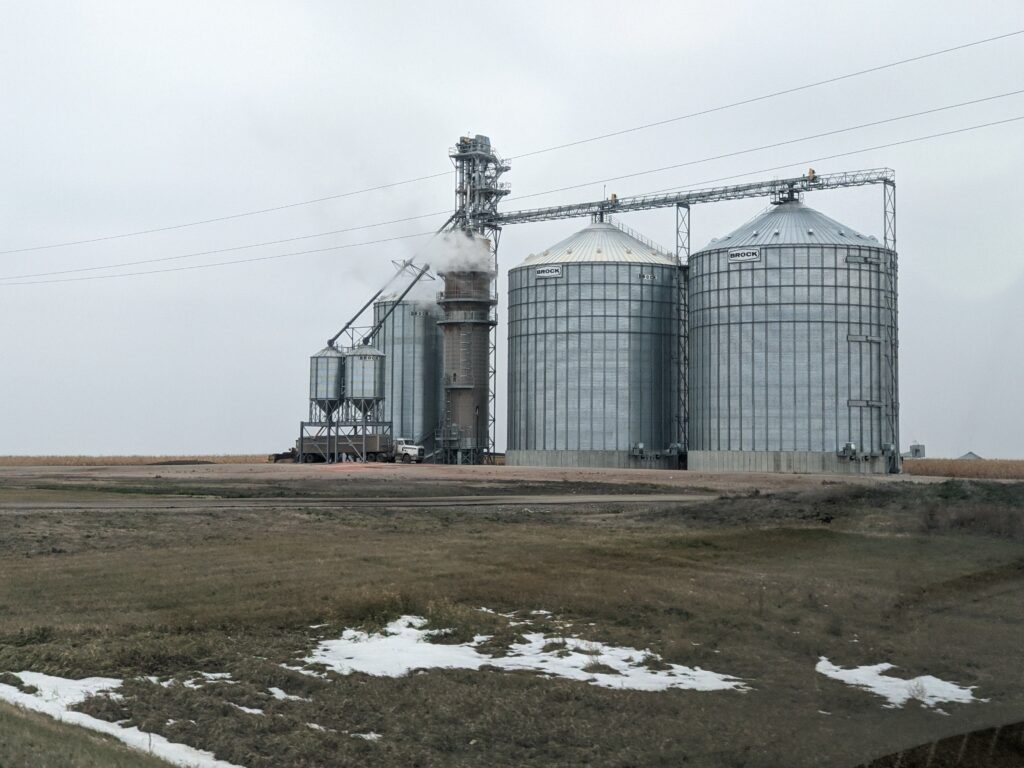
In fact, they are North Dakota and South Dakota and they mark the northern reaches of the American mid-west, easy to avoid and easy to miss. Unless you are driving across the northern states of the US and you have a target on some of the really special natural – and man-made – features of this region. And that would be us. We woke from a cold night on the eastern edge of North Dakota and asked Karen, our unreliable GPS, to take us to Theodore Roosevelt National Park on the other side of the state.
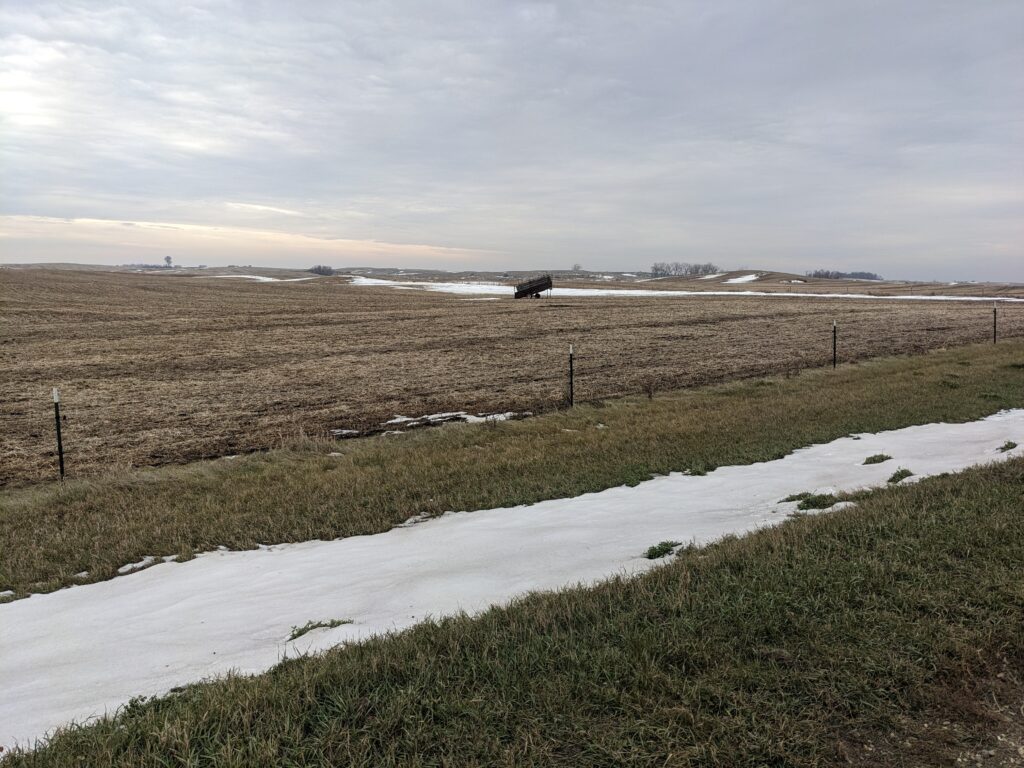
And what a journey it turned out to be. The weather inched above freezing but the sky was that low grey look that engulfed you. The land was flat and lifeless this time of year with wonderful patterns of patches of snow. It was beautifully bleak as long as you didn’t live here.
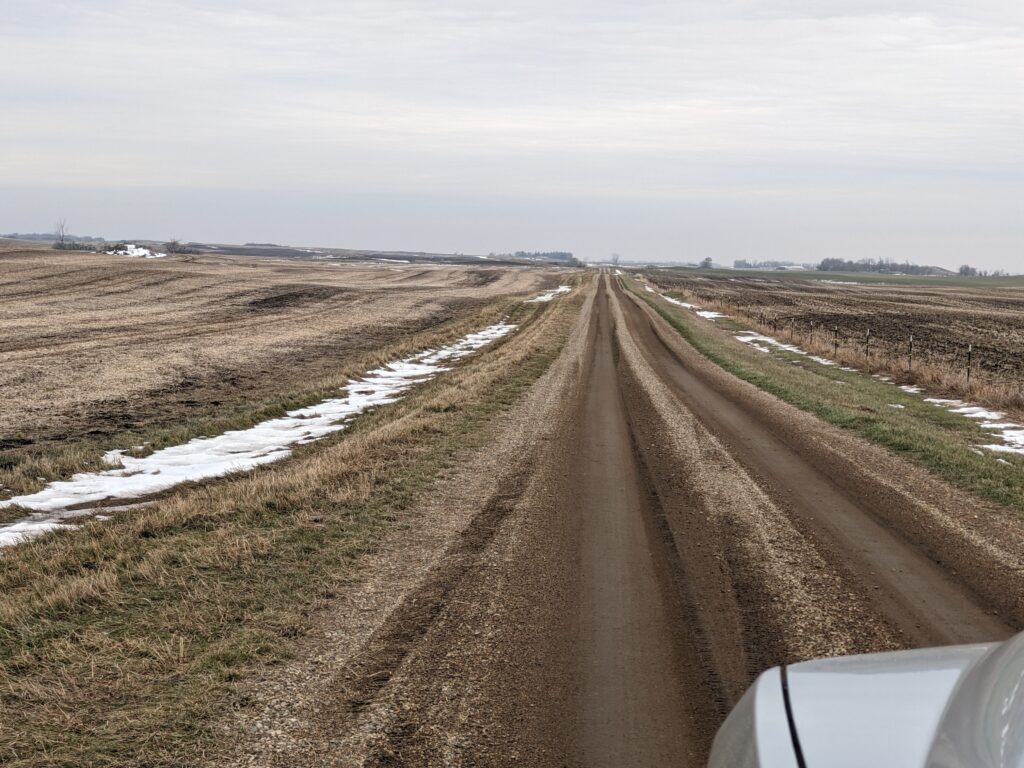
We stopped at Jamestown for fuel and to see the world’s largest buffalo but otherwise it was just a straight shot on cruise control all morning. After our lunch stop we passed through the capital of Bismark and across the famous Missouri River, at this stage wide and strong as it flowed down to meet the Mississippi River.
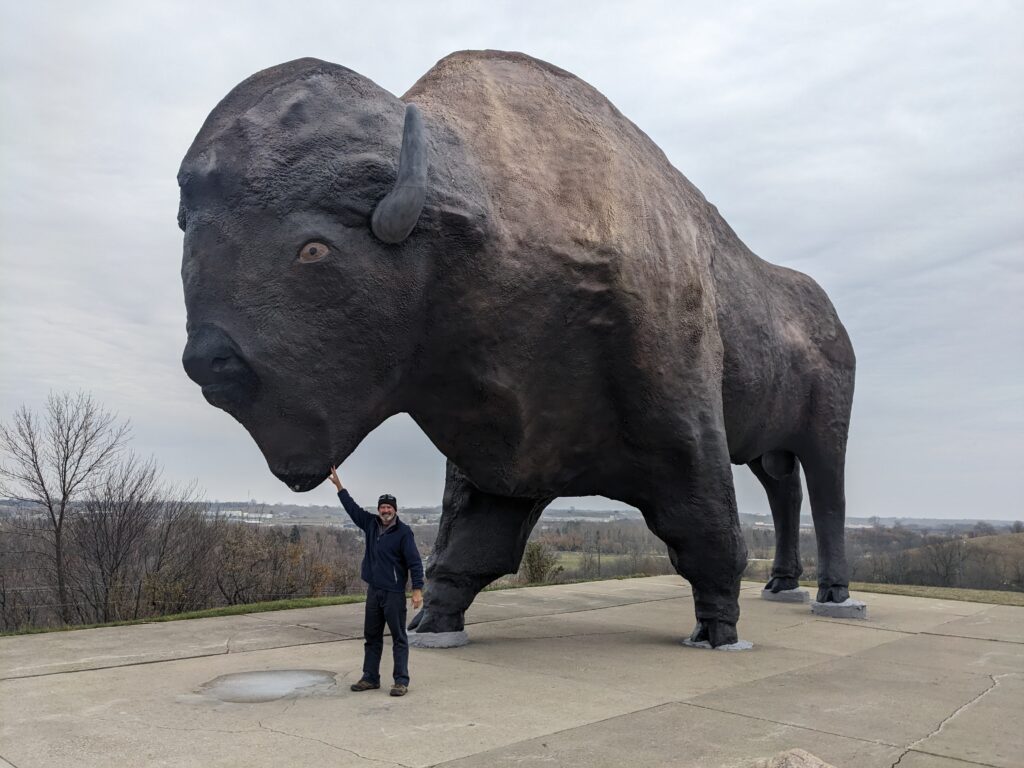
Eventually we turned north and headed for the North Unit of Theodore Roosevelt National Park, through the oil pumps bobbing up and down like chickens, past the ranch lands and grazing lands spreading out to the horizon. We stopped at a petrol station where the patrons had pickups covered in thick mud from all the gooey side roads and wore pistols in their holsters. We’re a far cry from New York City.
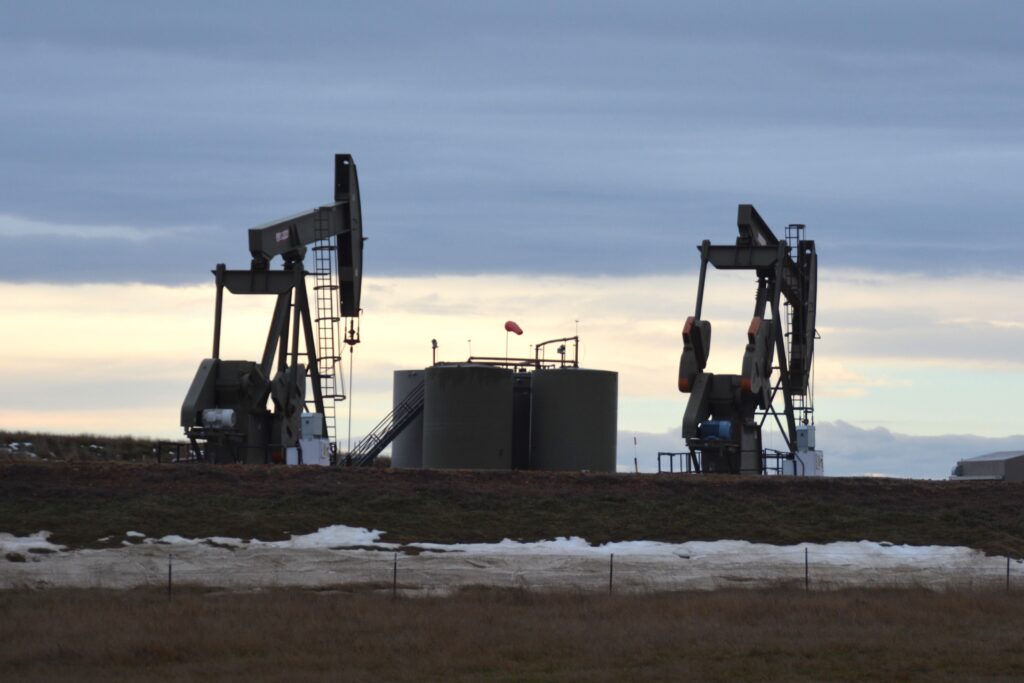
We made the North Section of Theodore Roosevelt National Park at dusk and headed for the campground inside the park, the only ones there as per usual. There was still a lot of snow on the ground but it was about 10°C/50°F, almost short sleeves.
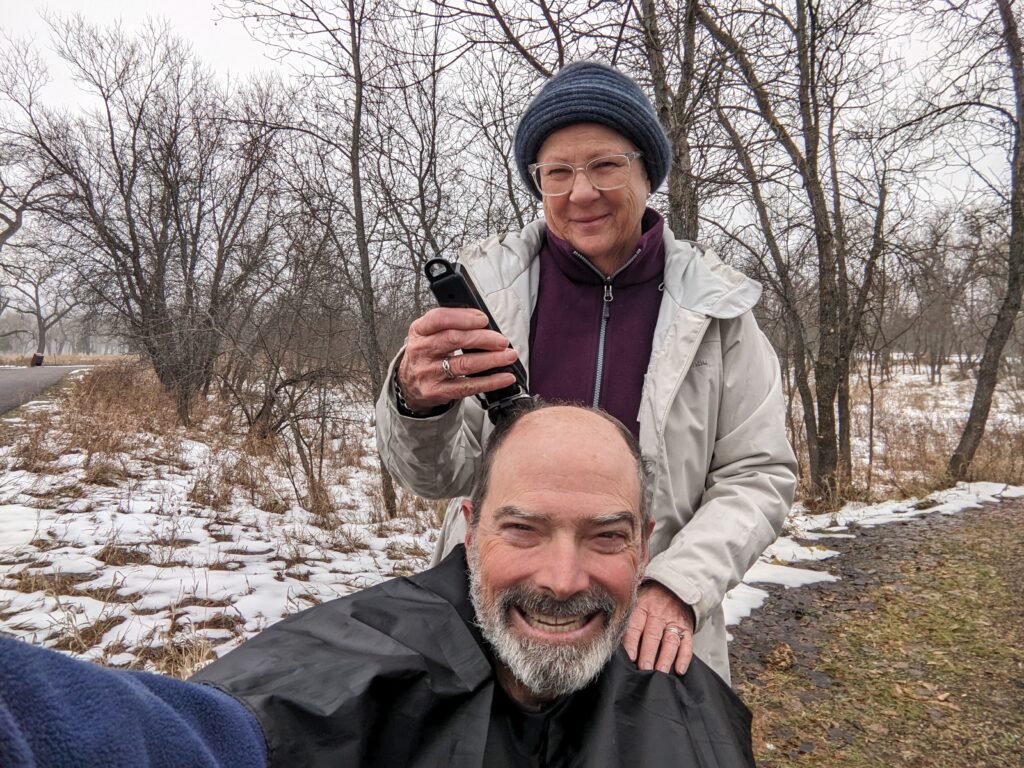
In the 1880’s Theodore Roosevelt owned a couple of ranches in these harsh lands and loved the cowboy lifestyle. In due course he returned to Washington, eventually becoming the 26th US President in 1901 where he passed numerous laws protecting the land and establishing many national parks and monuments. His legacy of the Dakotas lives on in this national park named after him.
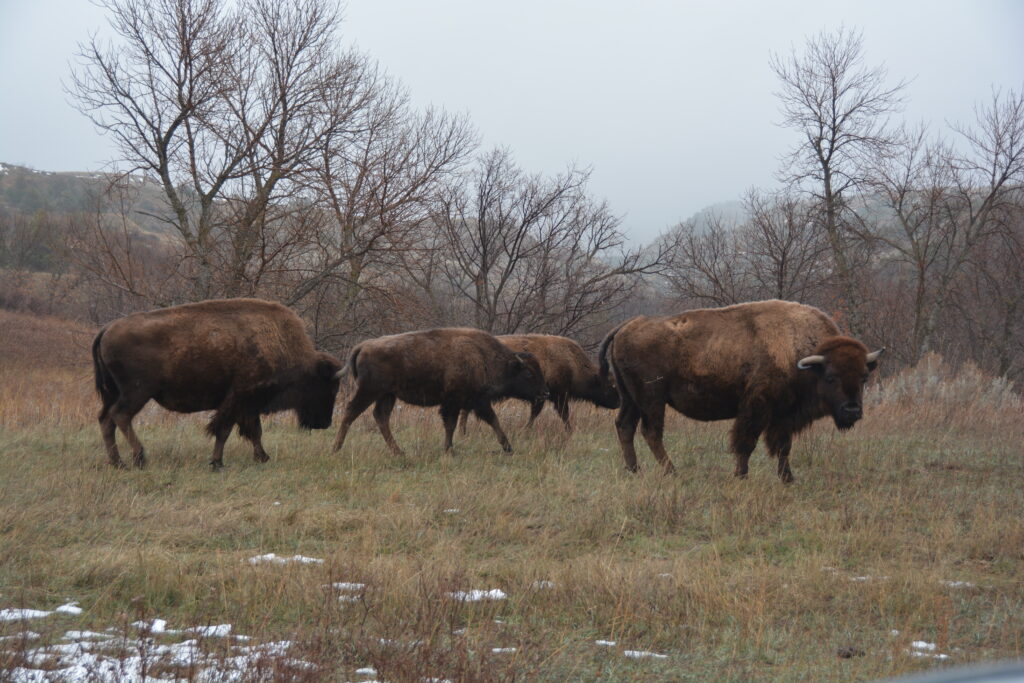
On a dreary foggy morning with limited visibility we drove the scenic drive through the North section, loving the land formations with their coloured striped layers and the winding Little Missouri River making its way through the park, having carved out this beautiful land eons ago. But the highlight of the park was undoubtedly the buffalo, huge fury beasts with oversized heads and large humps on their backs, magnificent beasts in all manner.
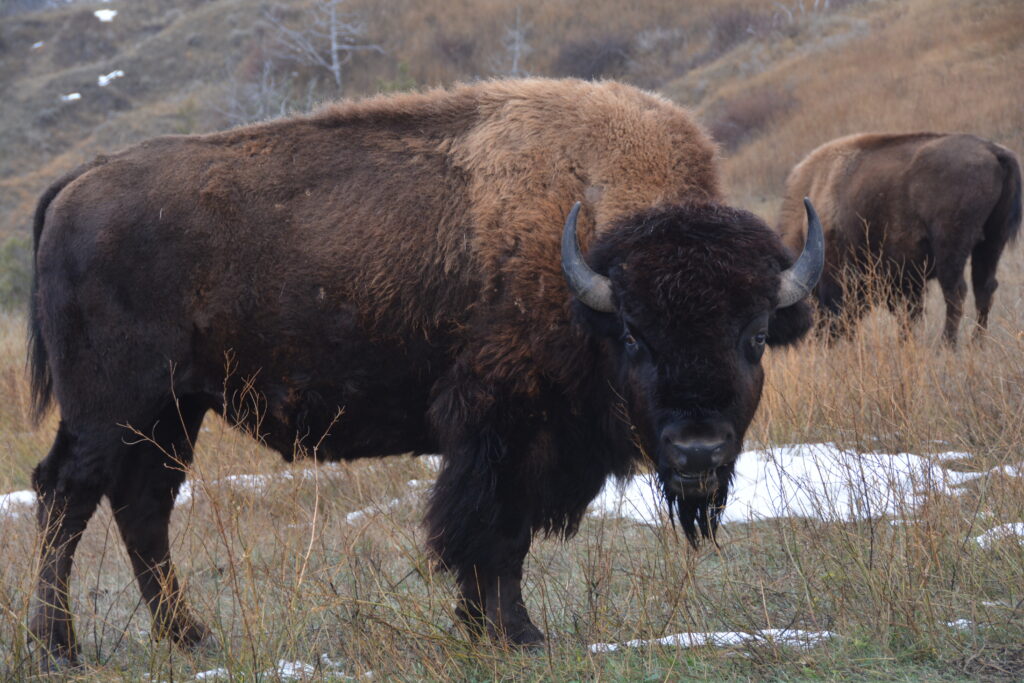
We found numerous herds of buffalo, casually grazing away, sometimes close to the road, not bothered by a couple more gawking and clicking visitors. Buffalo may have owned the show but there were also a number of big horn sheep, many white tail deer and a bald eagle. And the rough carved and eroded countryside, which Roosevelt called ‘grim beauty’, was a perfect backdrop to a wonderful morning.
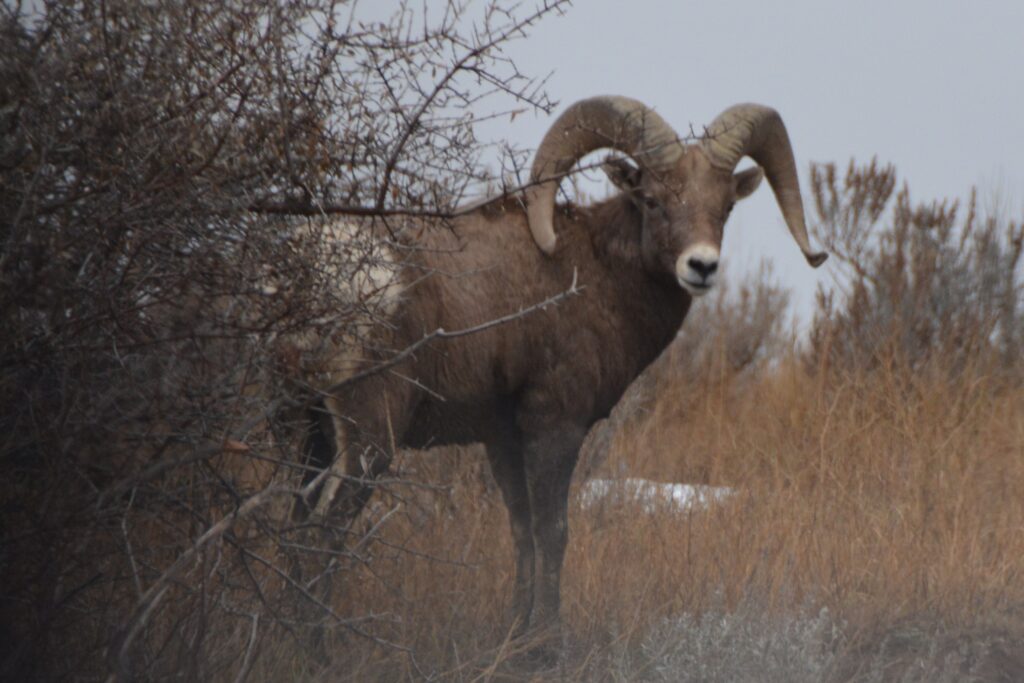
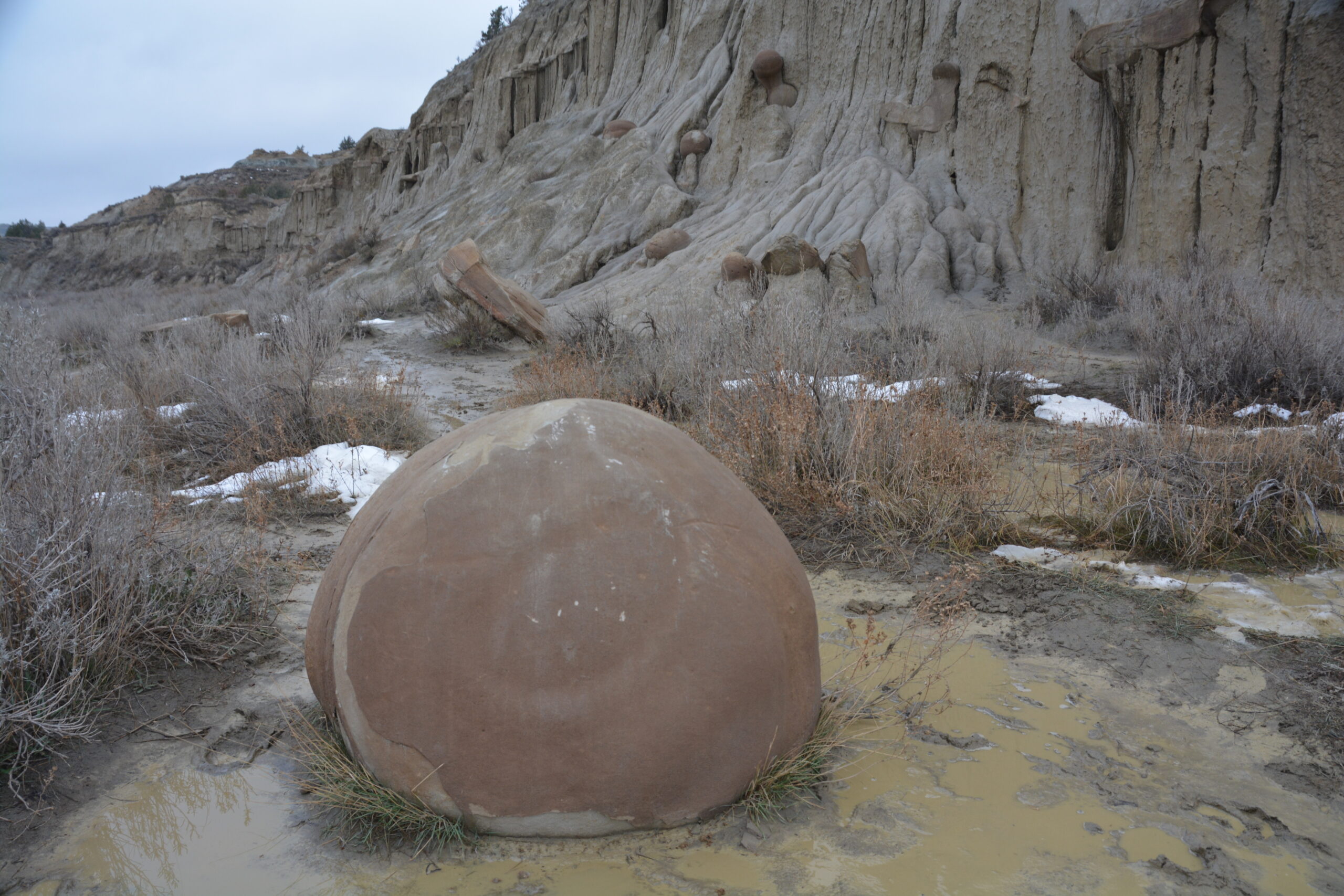
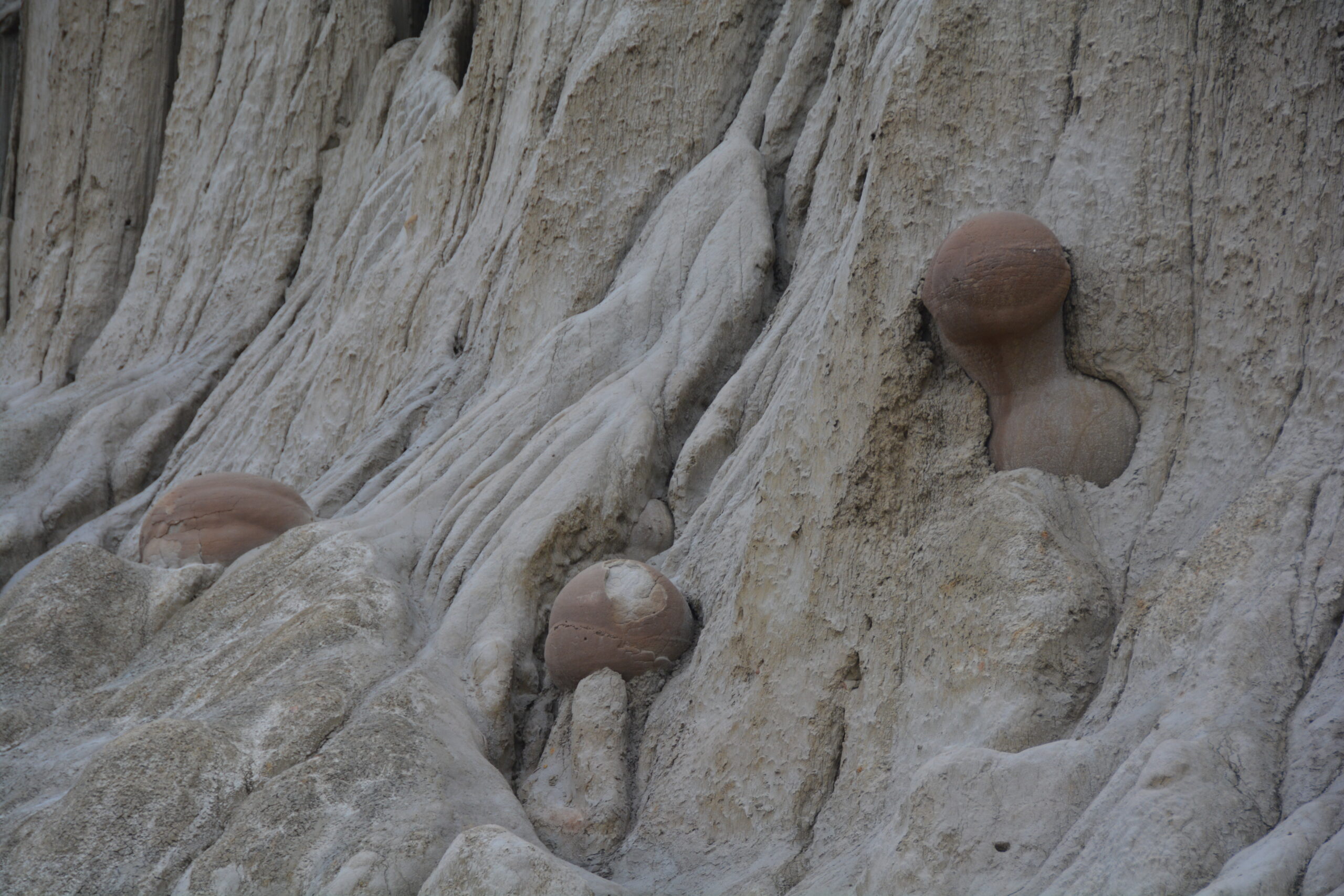
We left the North section and stopped at a truck stop to use their free showers – nothing like showers at a North Dakota truck stop to put a smile on your dial – before heading to the South section of the same national park.
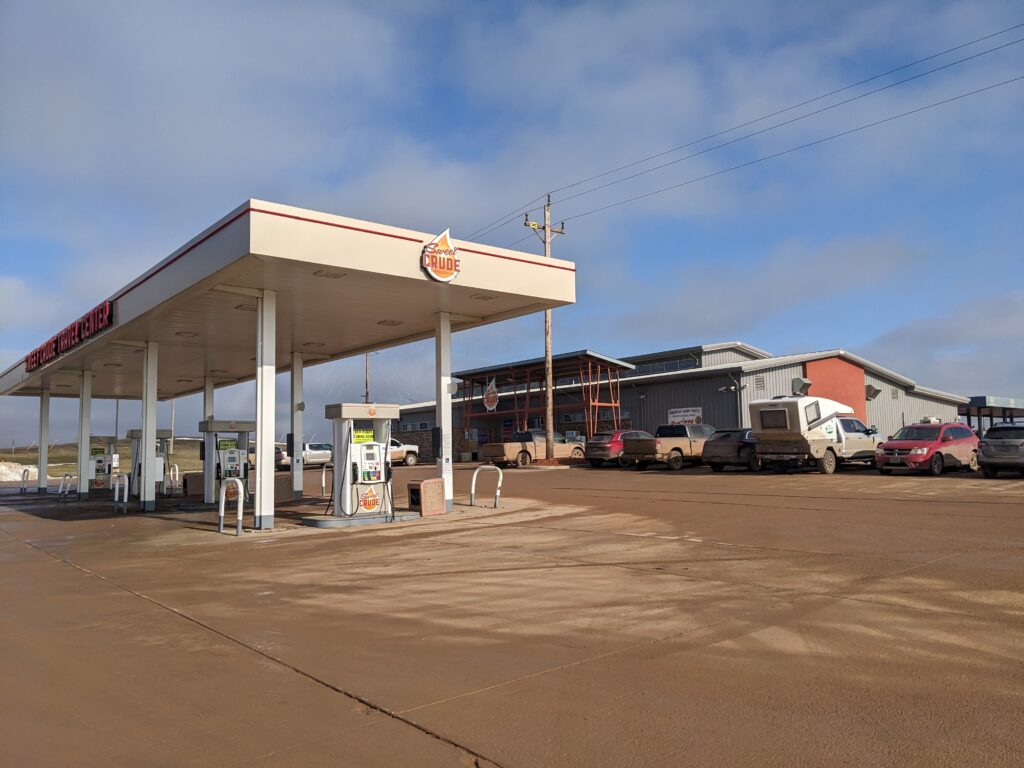
This section had a longer scenic drive and had a few more visitors since it was just off the Interstate. But it delivered the same punch as the North section – a wonderfully scenic Little Missouri River continuing it’s carving action through these badlands, herds of buffalo at regular intervals and large handsome white tail deer, some with huge sets of antlers. Those Minnesota hunters would have loved this place.
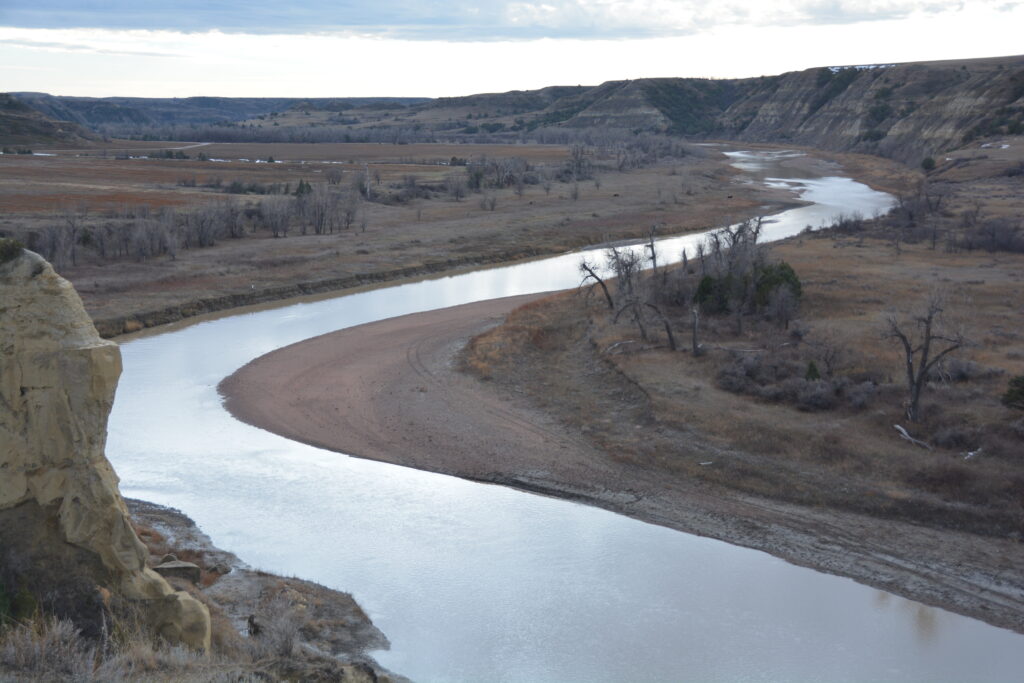
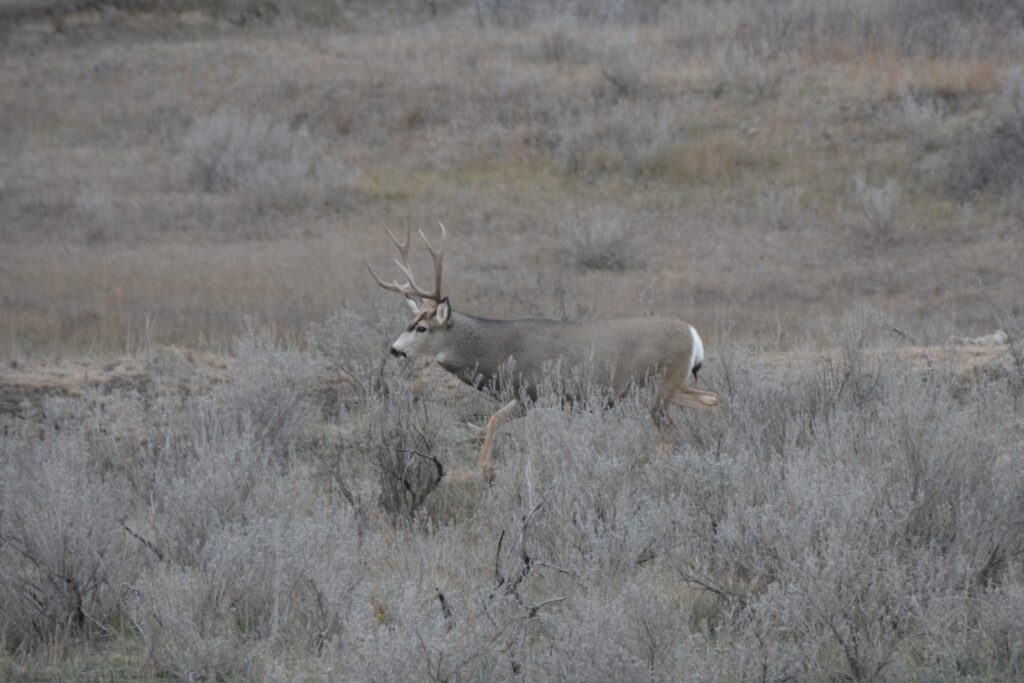
And as a special bonus, there were prairie dogs. Standard fare across the endless Midwest prairie, prairie dogs are actually rodents but they’re cute little critters, just a bit larger than a rat with a funny little wiggly tail and a shrill call, running all over the place in what are called ‘prairie dog towns’. We stopped a few times to watch them carry on as they do, standing up on their hind legs to complain about something, dive into their burrows and then pop back up again. Great stuff.
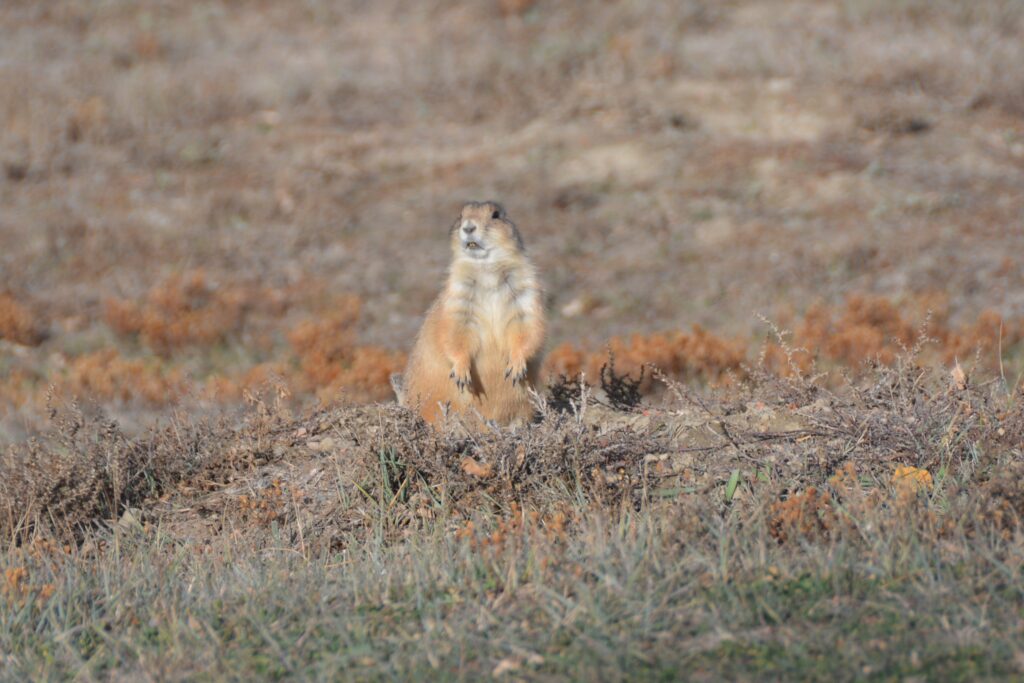
With the wonderful countryside, the afternoon blue skies, the outstanding wildlife and the wonder of being out on these beautiful spacious grass lands and prairies of the American mid-west Julie had a rush of blood and declared she could live in North Dakota. I think it would be worth checking in with her again after her first winter.
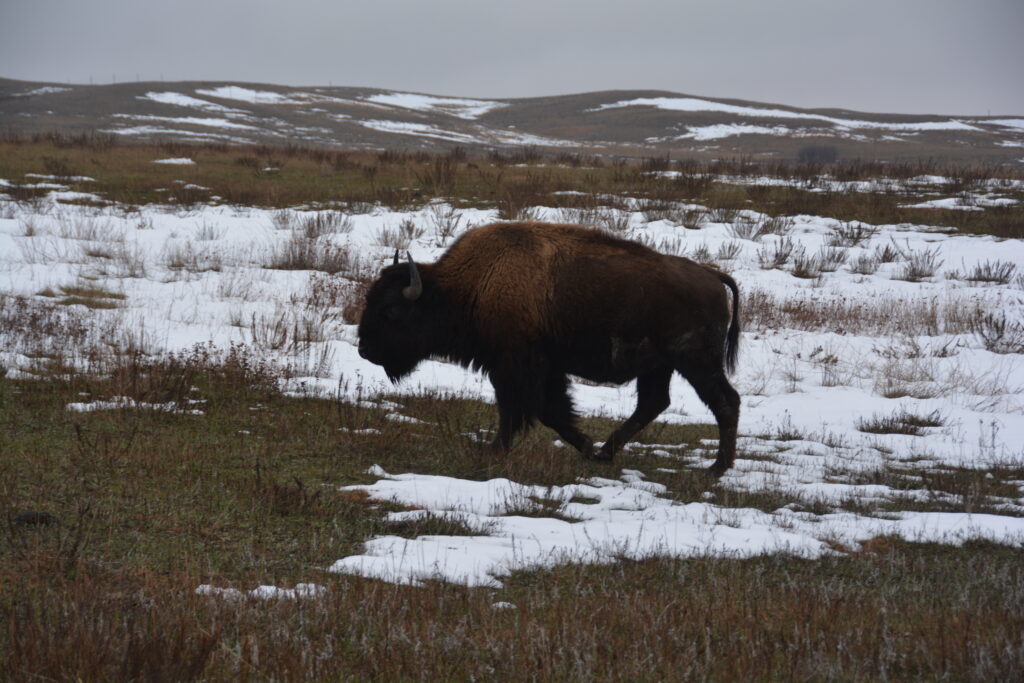
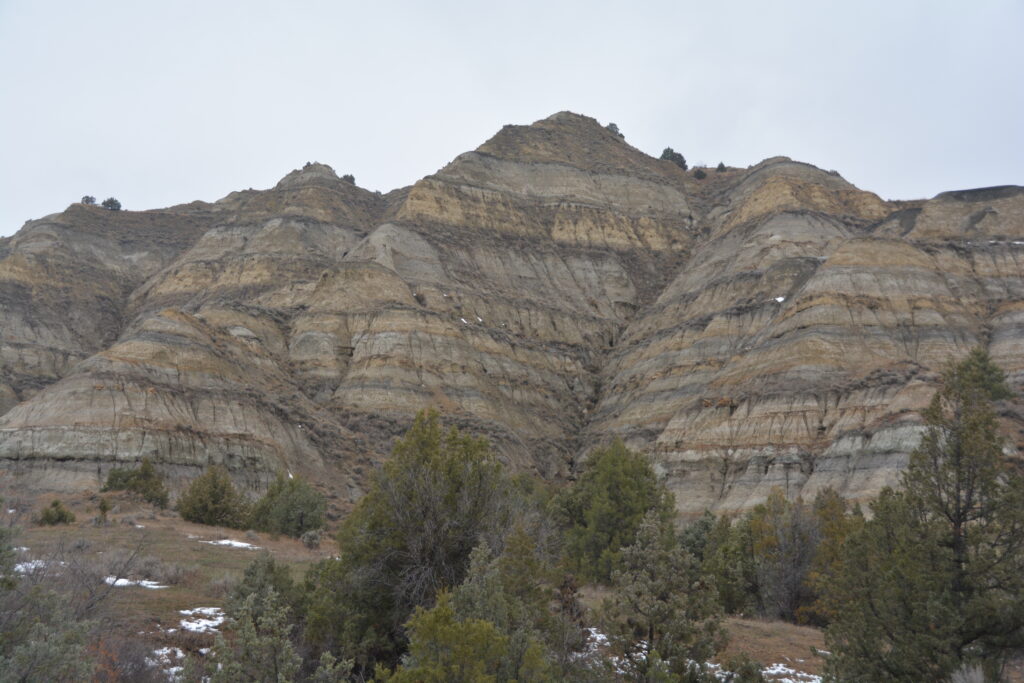
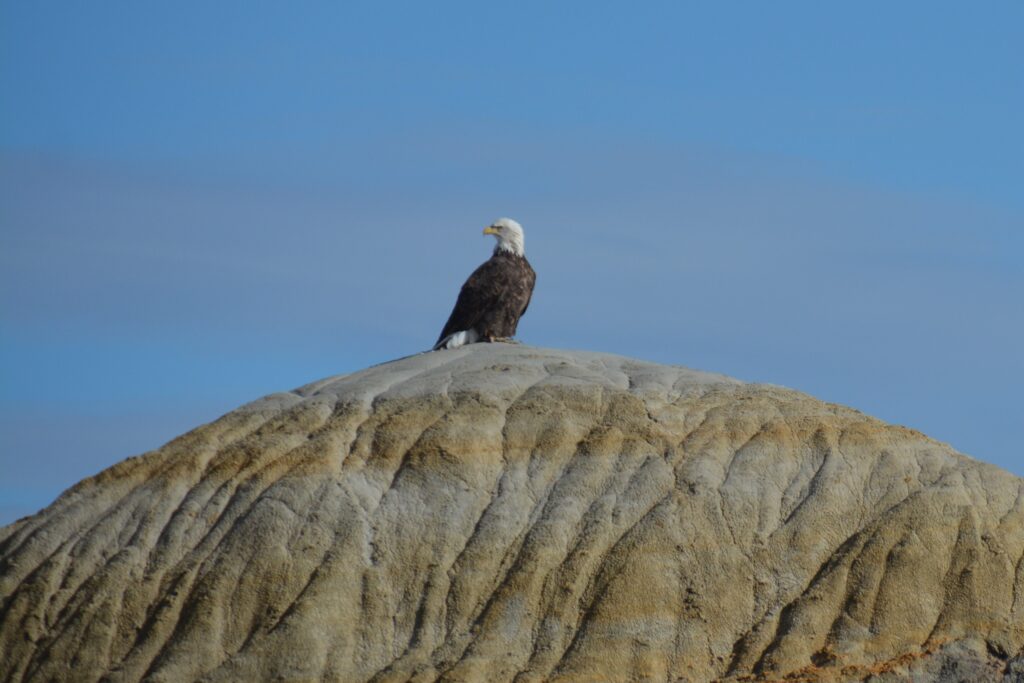
We camped again in the national park, the wildness of the land all around us, having made basically no progress on our project of driving to California but having a whale of a time. If you had told me we would spend three nights in North Dakota as we drove purposefully across the US I would have laughed. But we did.
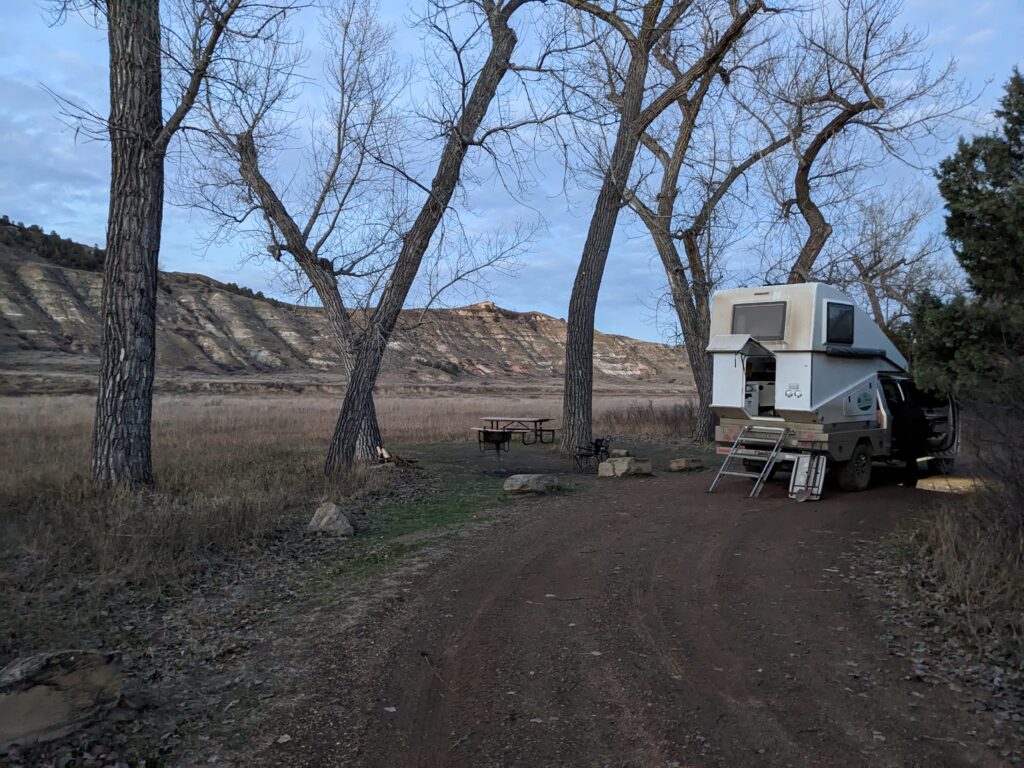
One last point – are they buffalo or bison? The Ranger diplomatically said both are correct. Technically and scientifically, they are called bison – not related to African buffalos at all – but they were called buffalos by the Europeans from the very start and the name stuck without argument. So they are definitely buffalo…or bison.
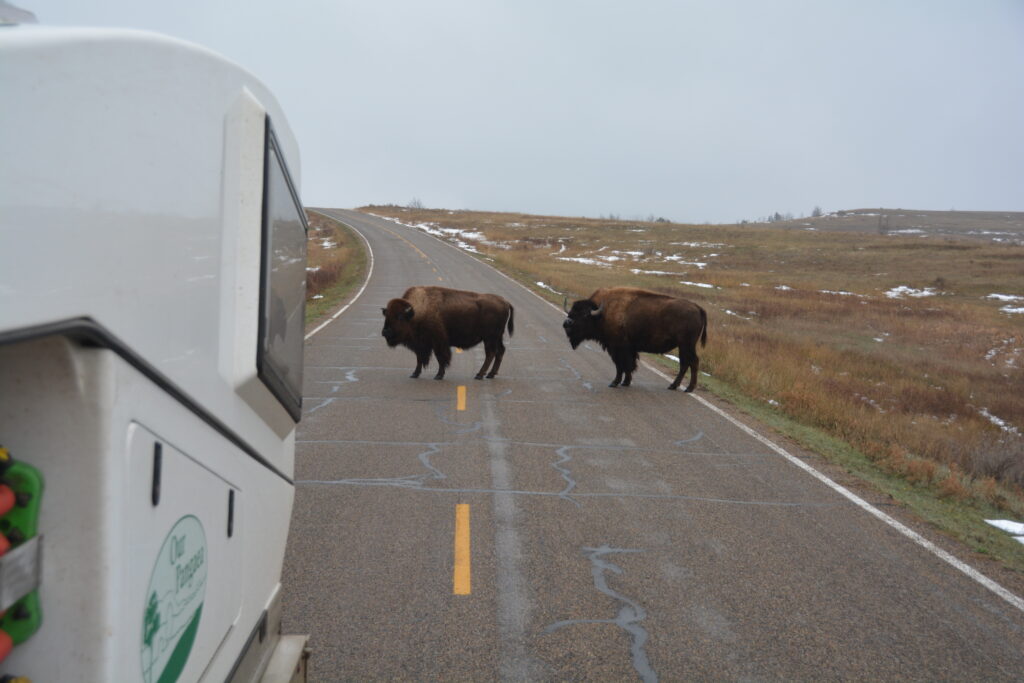
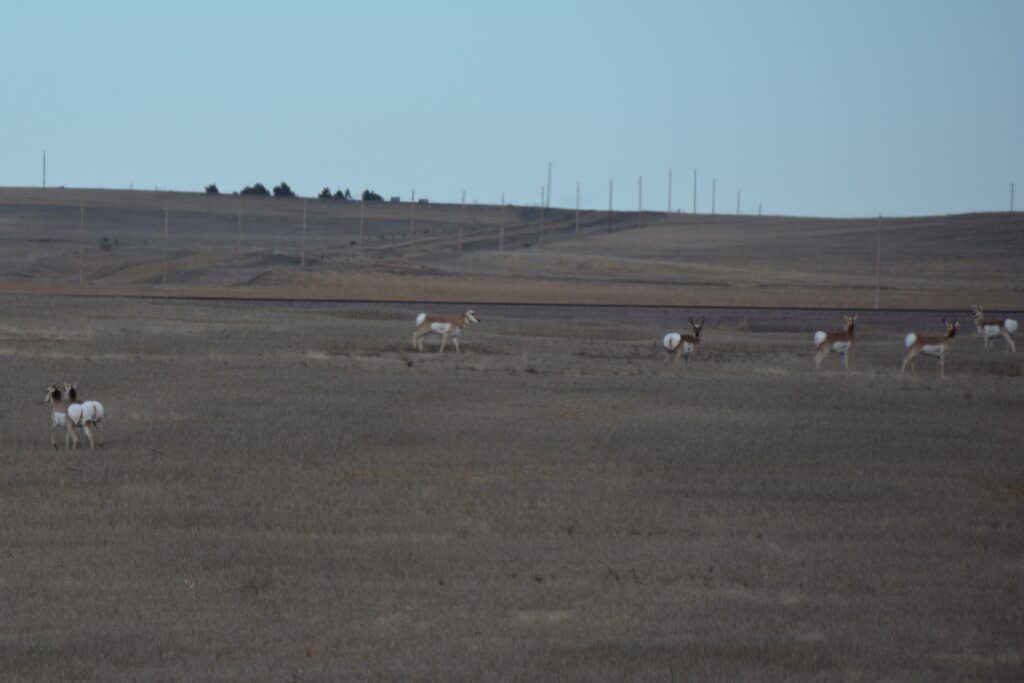
But the Dakotas had more to offer, much more. We headed due south across the endless grassy plains, the small communities rarely hosting more than a couple hundred local farmers and ranchers. It was spacious, wild and wonderful land, no trees, no people, just a lot of grasslands and blue sky. From Bowman we headed eastward for a short while and crossed over into South Dakota, the north’s twin state, admitted to the United States on the same day, mirroring the north in it’s vast open plains and distant horizons. And here’s a fun fact: The South Dakota state sport is rodeo.
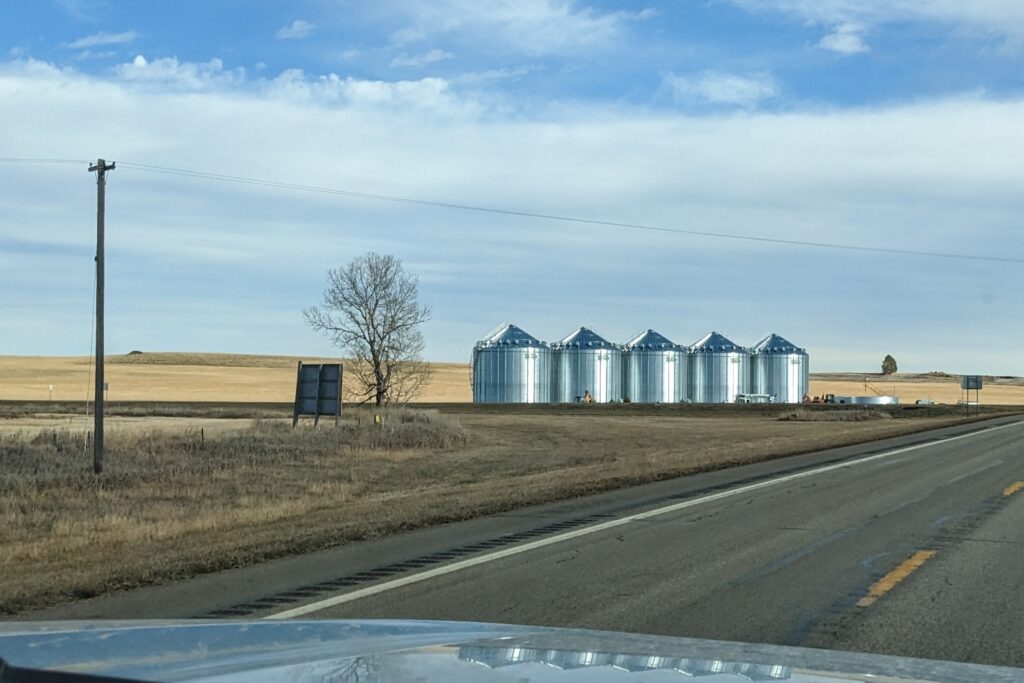
We came to the small town of Lemmon which featured the ‘largest petrified wood park in the world’. After visiting this very quirky park, which I thought was too weird for words, I’m sure their claim is true.
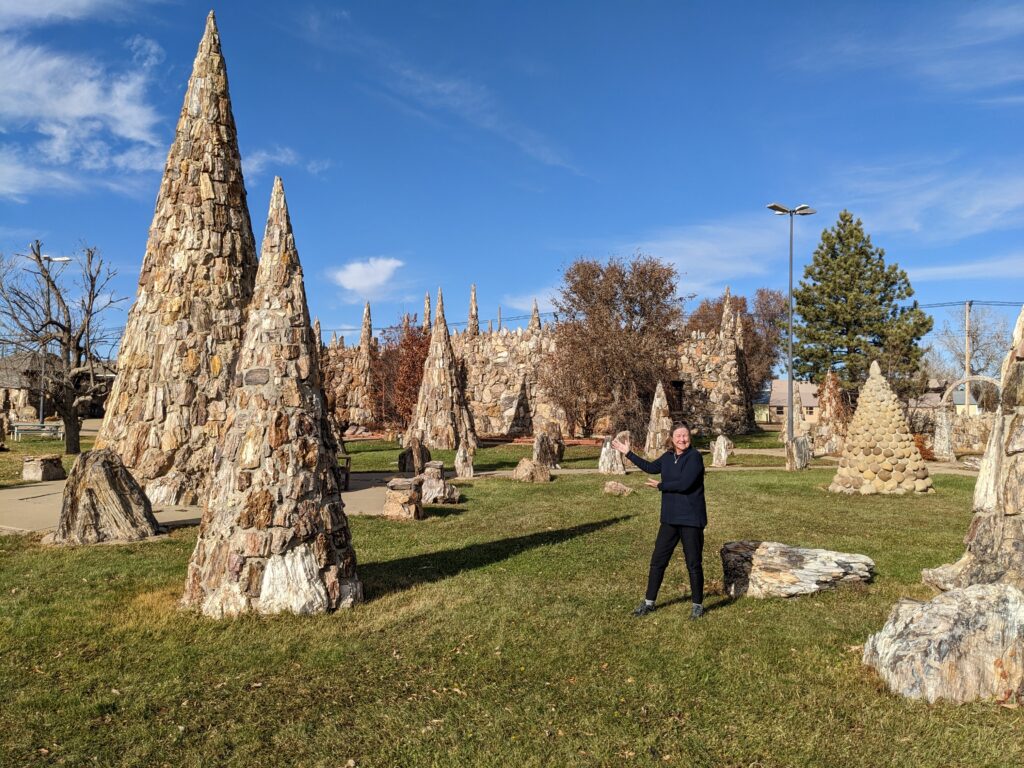



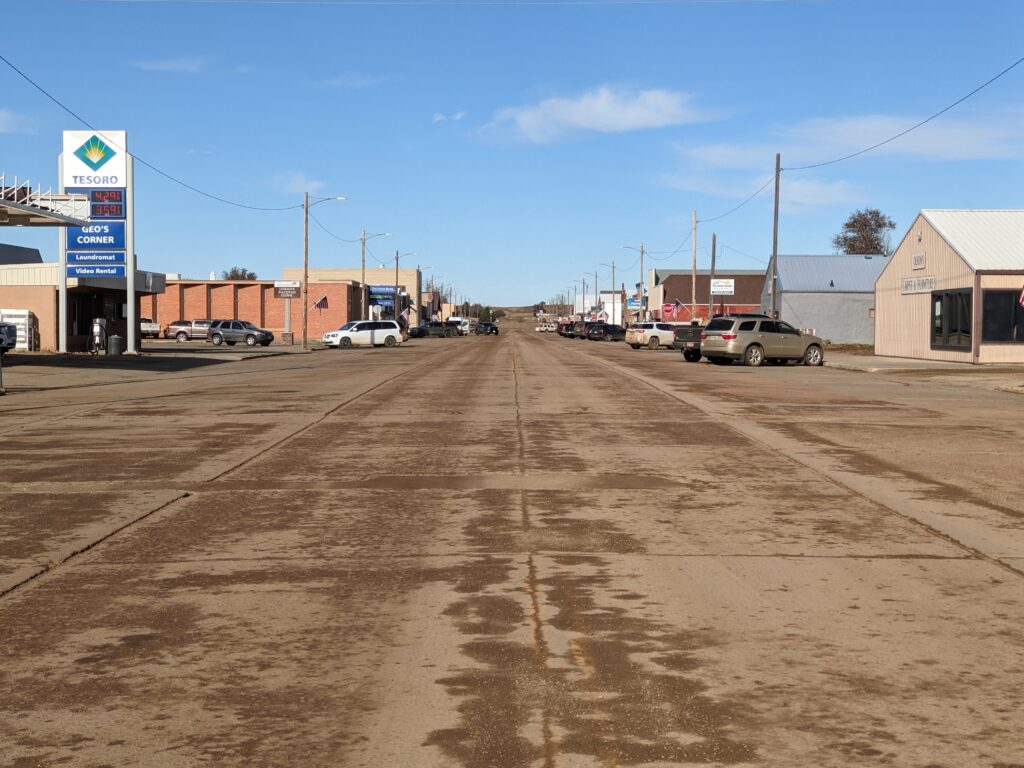
At the small town of Faith, population 367, and not to be outdone by Lemmon, they proclaimed themselves the ‘T-Rex capital of the world’ and their motto was ‘Tomorrow is bound to be better’. In Faith we also tracked down a cattle auction house with the auction calls audible clear across town – which actually wasn’t very far.
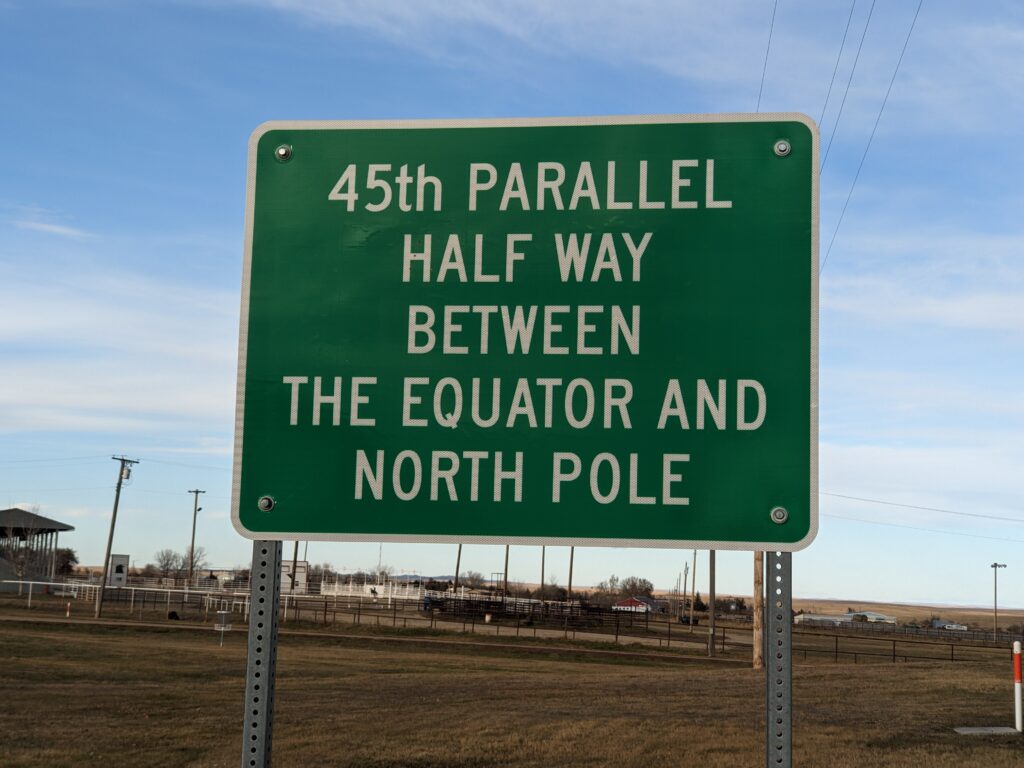
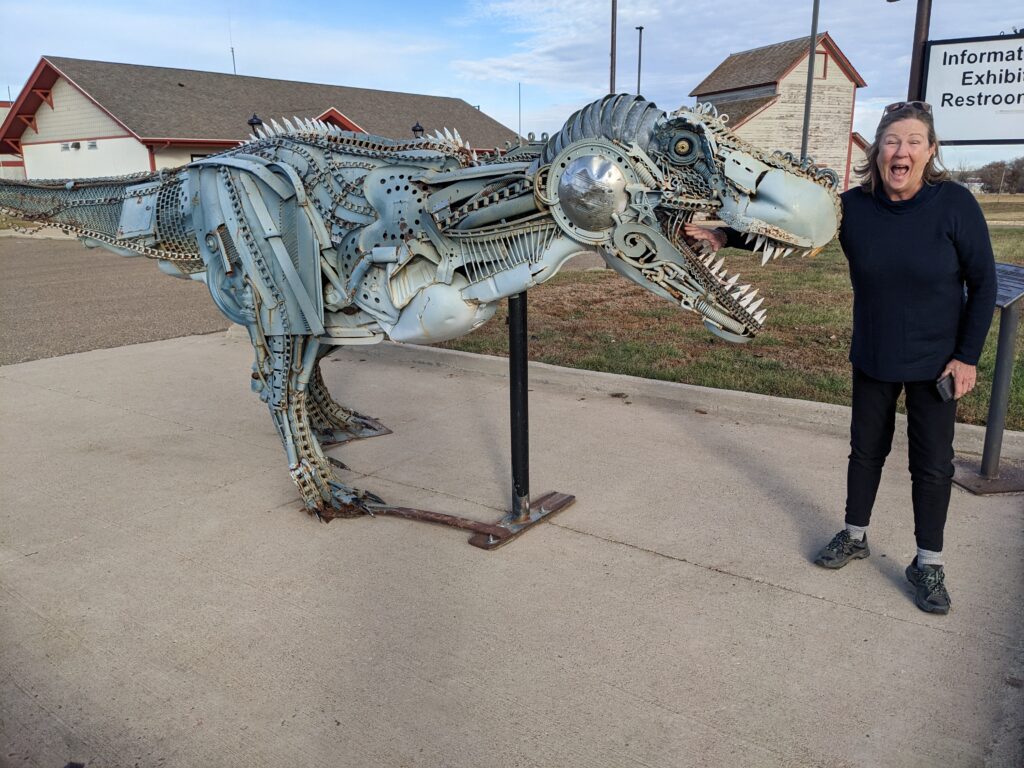
Finally we arrived at our target for the day, Badlands National Park, as the sun set at 4.30 in the afternoon. Such is the way in the time zone game – we were in Mountain Time but very close to the border with Central time. We camped that night, in the pitch dark, in a carpark behind a lodge in the park that was closed for the season.
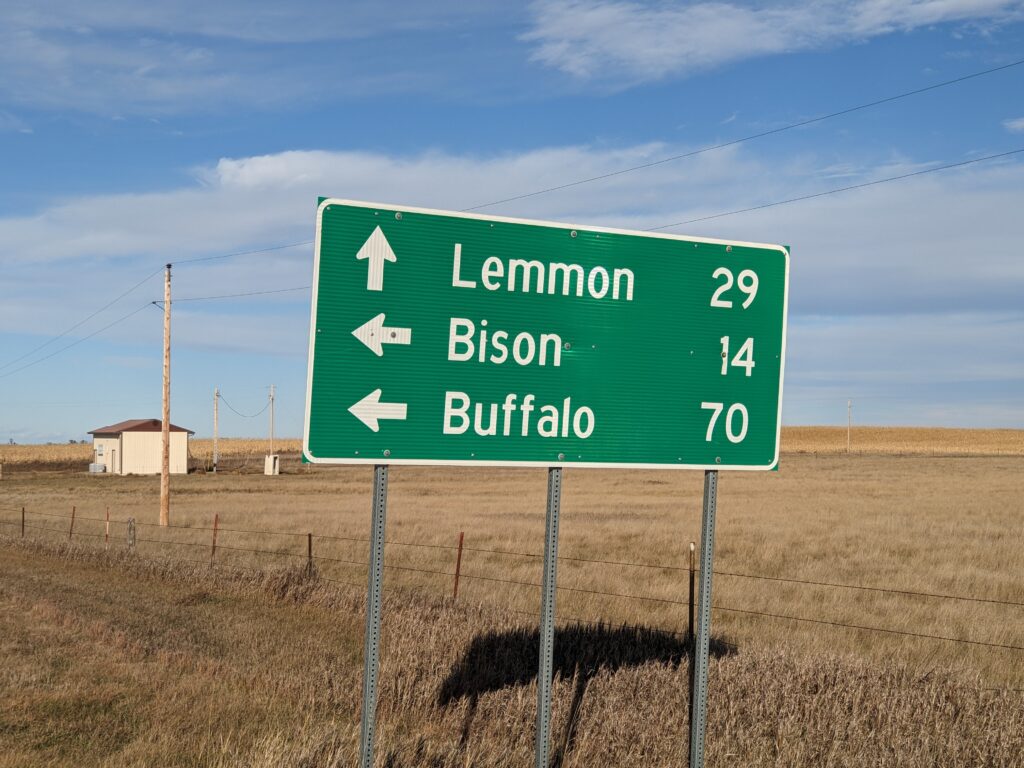
The Dakotas had been absolutely awesome so far, way beyond our expectation, and we suspected there was much more in store for us in the days to come.
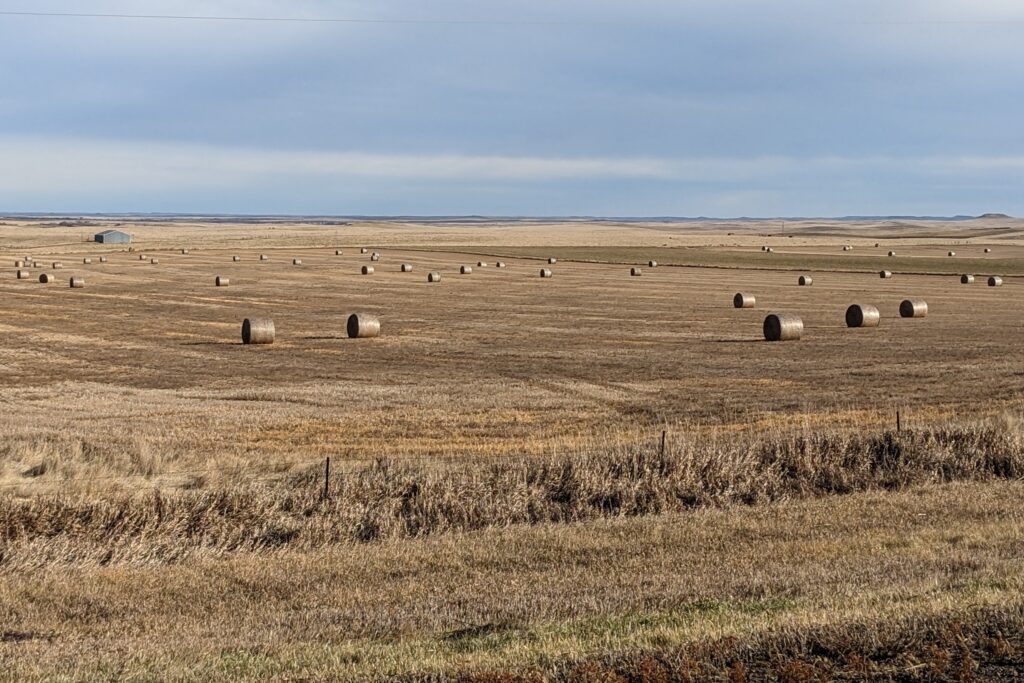
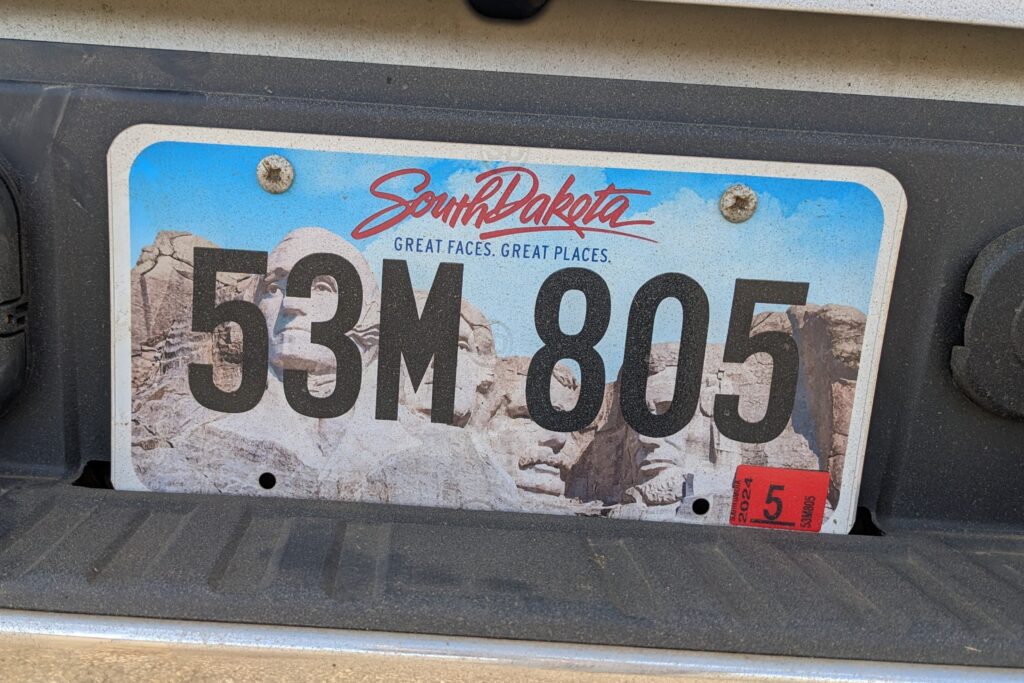
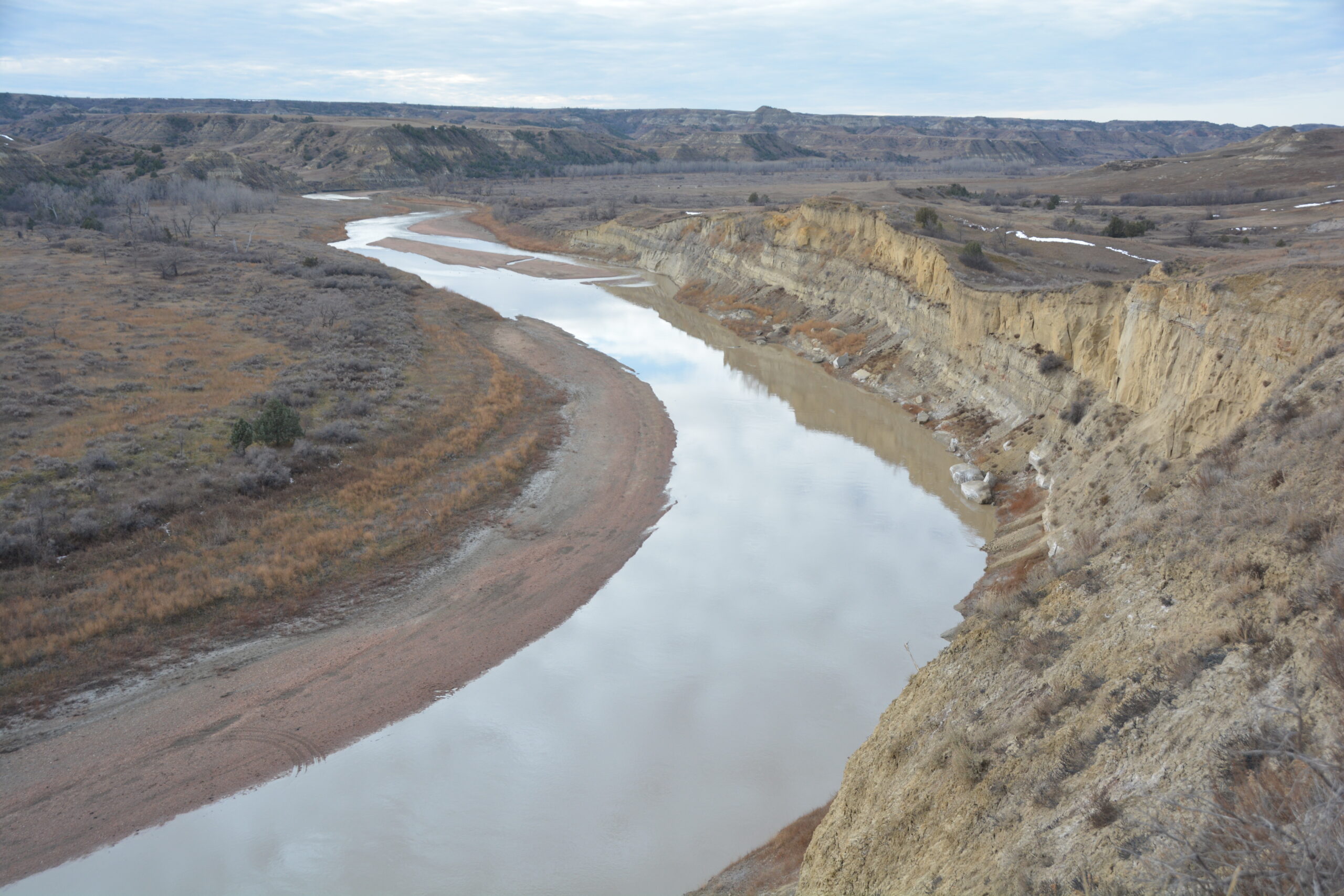
Comments
The Dakotas — No Comments
HTML tags allowed in your comment: <a href="" title=""> <abbr title=""> <acronym title=""> <b> <blockquote cite=""> <cite> <code> <del datetime=""> <em> <i> <q cite=""> <s> <strike> <strong>